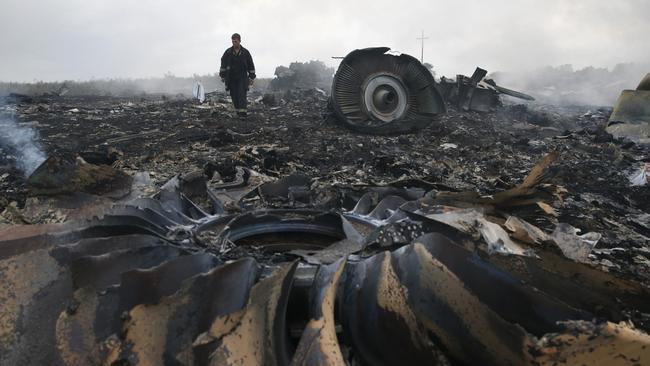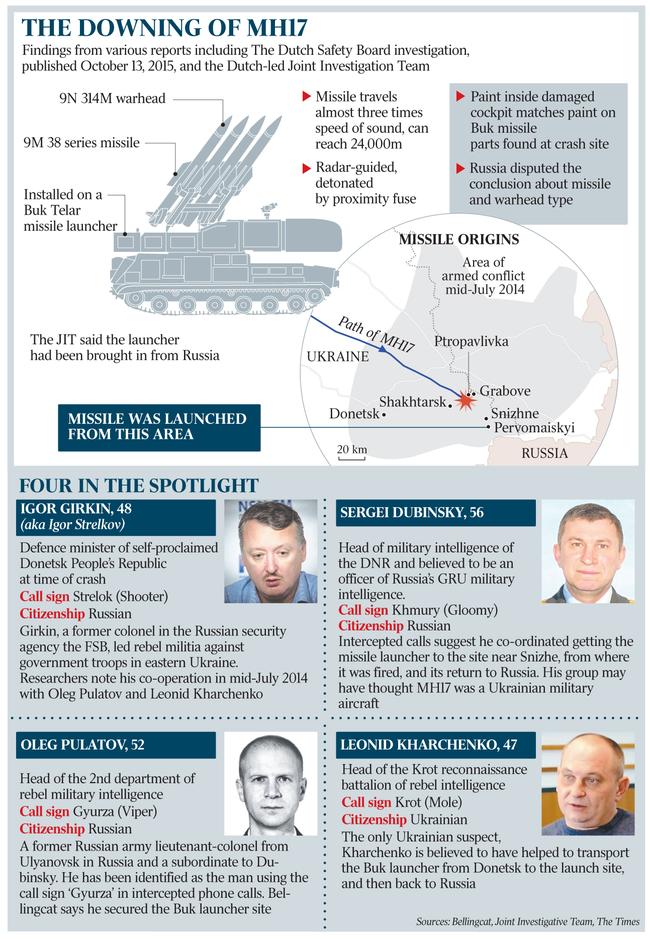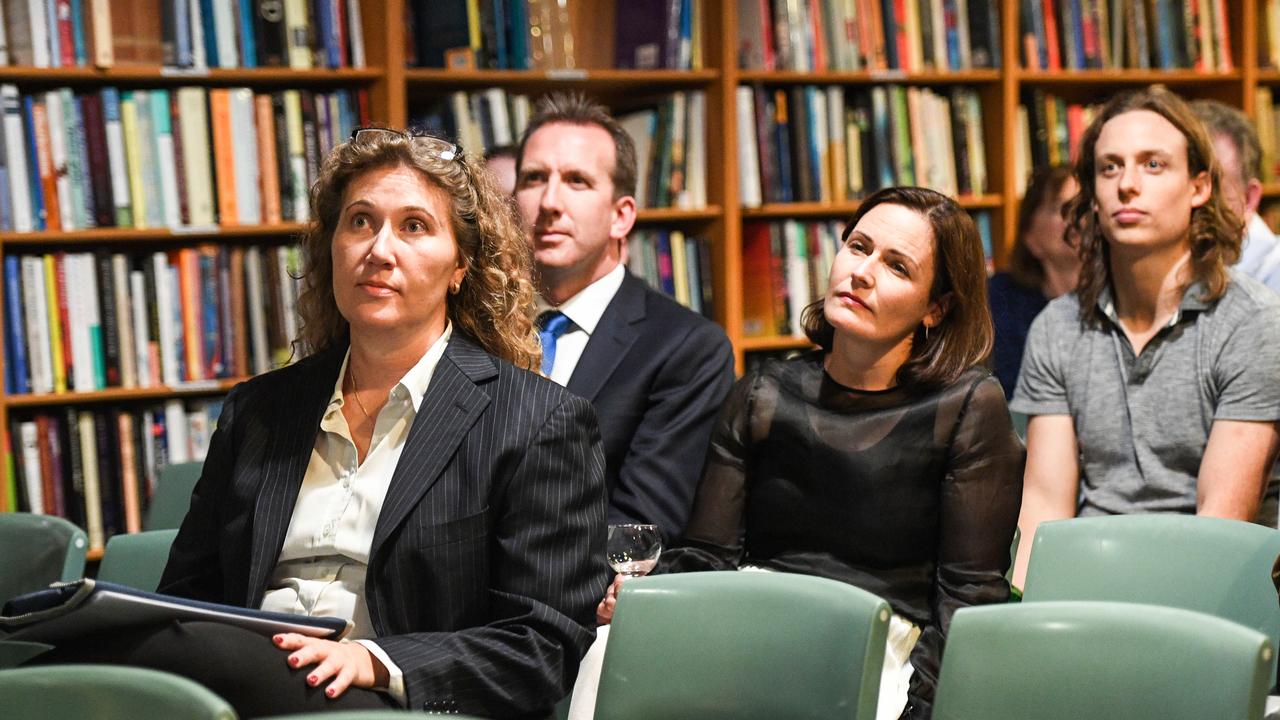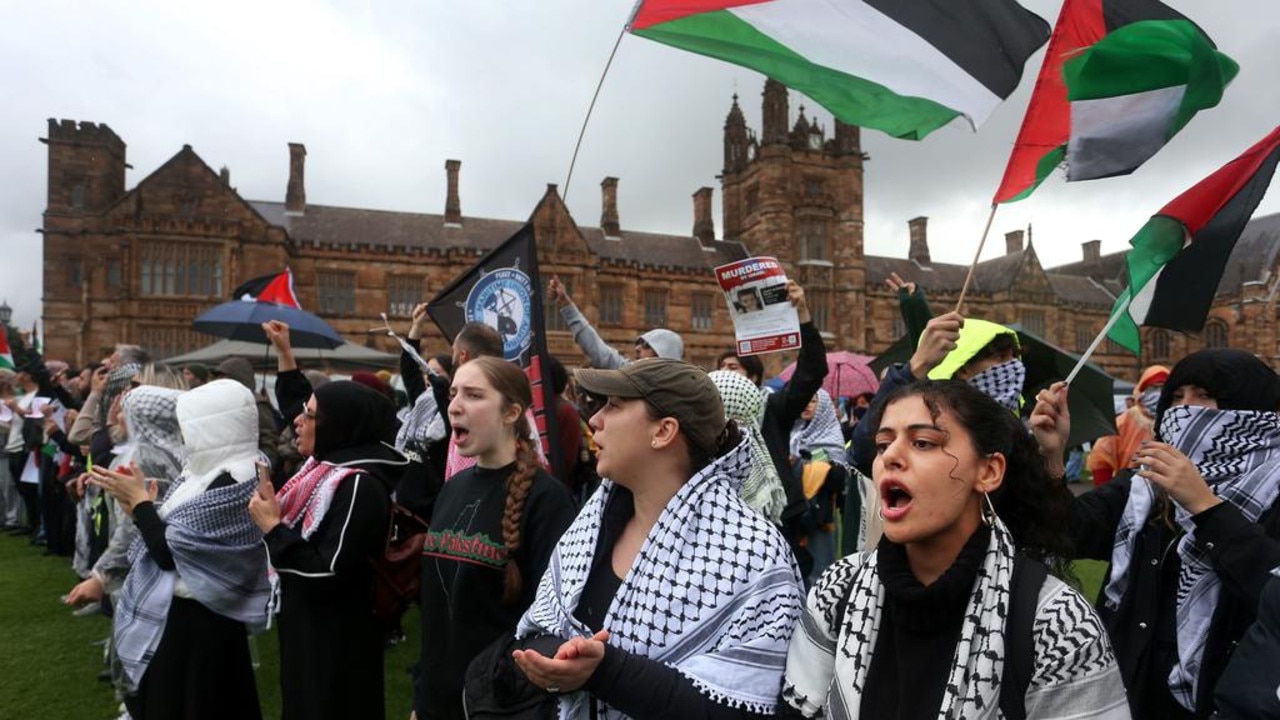MH17: First four culprits
Four men are the first charged over the shooting down of Flight MH17 five years ago, but it is only the start.

“A birdie is flying towards you.”
With those six words, the dreadful fate of MH17, flying from Amsterdam to Kuala Lumpur on July 17, 2014, is sealed.
Valery Aleksandrovich Stelmakh, at the time the militia commandant of Dzerzhynsk on the western border of the rebel-controlled area of Ukraine, had spotted a plane in the afternoon skies and got on the phone to separatist leader Igor Bezler.
The fighters use noms de guerre and call signs in these rebel-controlled areas of Donetsk and Luhansk in the Donbass. Stelmakh was“Batya” and also known as “Valery Naemnik”.
Naemnik: Nikolaevich …
Bezler: Yes, Naemnik.
Naemnik: A birdman … a birdie is flying towards you.
Bezler: Is a birdie flying towards us?
Naemnik: Yes. One, for now …
Bezler: A reconnaissance or a big one?
Naemnik: Can’t see behind the clouds … too high …
Bezler: I see … roger … report upwards.
Chain of command
The open-source investigative website Bellingcat says Naemnik’s information was most likely passed on to someone senior to both of them. At that stage MH17 was about 120km away from where a Buk Telar used by the 53rd Anti Aircraft Missile Brigade, from Kursk in the Russian Federation, had hours earlier been positioned. It was in a field outside the village of Snizhne, near the eastern border of the rebel area. The communications, and decisions, would have been taken near instantly.
Did Naemnik call the Russian leaders of the separatist military intelligence network, known as the GRU DNR (the latter stands for Donestsk People’s Republic), a collection of Russian military men with decades of intelligence and combat experience? Or did the call go straight to the Russian military intelligence agency GRU?

Bellingcat, which has uncovered troves of information by cross-checking social media, locations and analysing voices and identities, believes the “birdie’’ information went to a senior figure in the GRU DNR (led by Sergei Dubinsky), DNR defence minister Igor Girkin, also known as Strelkov, or to a member of the Russian military or security services. That person, whoever it was, gave the order to the Buk Telar crew to fire, with fatal consequences.
That chain of command and decision-making is taxing the Joint Investigative Taskforce, a collective of investigators from five countries most affected by the deaths of the 298 people on board: Australia, Ukraine, The Netherlands, Malaysia and Belgium.
For much of the past five years hundreds of investigators, including nine Australians recently, have been trawling through more than 150,000 phone calls intercepted by the Ukrainian secret service, to unlock how a commercial airliner was mistaken for a Ukrainian warplane.
The war is still raging in the disputed territory where MH17 was shot down near the Russia-Ukraine border. Investigators are still unable to conduct thorough searches on the ground. Clues come from phone data and about 300 witnesses.
Hunt continues
Who was the man who gave the orders? And who pressed the button that sent the Buk skywards? Just how far up the chain of command does responsibility lie?
Australia has taken a strong role in the political narrative that is part of the investigation. The JIT has offered witness protection — and asylum — to people who can help answer those questions.
“The investigation does not end here,” Dutch chief constable Wilbert Paulissen said, announcing that Dubinsky, a former Russian intelligence officer, and Strelkov, a decorated colonel in Russian security agency the FSB, were two of four men to be charged with mass murder and downing an aircraft.
He added that questions to Russia — including “Did Dubinsky work for the Russian government in 2014?” — had not been answered.
The two others charged, Oleg Pulatov, a former lieutenant-colonel in the Russian armed forces, and Ukrainian national Leonid Kharchenko were both members of the DNR’s “military intelligence” unit and helped escort the Buk into position. The investigators have uncovered that in June 2014 Girkin made repeated requests to Russia for large-scale support for his separatist army, warning that if it didn’t arrive “we will be strangled”.
He added: “We are outnumbered by the enemy. If Russian air cover or artillery support is not dealt with, we will not be able to hold ground. We need anti-aircraft artillery, we need decent anti-aircraft defence.’’
By July 11 it was confirmed by Russian sources that the Buk, and other help, was on its way.
Paulissen said Girkin was the appointed defence minister and held the highest position of commander in the Donetsk People’s Republic on July 17.
He said: “Girkin was the highest military officer and he was in direct contact with the Russian Federation.
“Dubinsky was in regular contact with Russian officials as well.
“Pulatov was a deputy of Dubinsky, as was Kharchenko, who led a military unit in the region. So from the so-called defence minister to the people on the ground, through this chain the suspects got heavy military equipment on the ground, and in this way the Buk missile could be fired with terrible consequences.’’
Clues on social media
Within hours of Flight MH17’s destruction there were multiple social media clues that the rebels initially believed they had shot a Ukrainian military jet out of the sky. On Russia’s social media site VK.com, Girkin boasted: “We did warn you — do not fly in our sky.’’
“And here is the video proving another ‘bird’ falling down,” he continued. “The bird went down behind a slagheap, not in a residential district. So no peaceful people were injured.’’
Dutch chief prosecutor Fred Westerbeke said the JIT had taken into account that MH17 was downed over an area of armed conflict.
“The possibility exists they wanted to shoot a military aeroplane, but even if that was their original plan, we still hold them responsible,’’ he said.
Australian Federal Police detective superintendent David Nelson leads a team in Ukraine and The Netherlands. He said the prosecution of four people “was significant’’ and they were targeted because of the amount of evidence in hand.
But the JIT has others in their sights. It has already outlined how senior Russian military men Orion and Delfin had discussed the Buk in the days before the attack. Orion is Oleg Vladimirovich Ivannikov, 52, a high-ranking Russian military officer who conducted intelligence operations under the alias Andrey Ivanovich.
Delfin is Colonel General Nikolai Fedorovich Tkachev, the chief inspector of the Central Military District of the Russian Federation.
Details of some of the men who guarded the Buk are also known, as are other links between the rebel leaders and Moscow.
But investigators say they are looking for more corroboration of evidence before others are charged.
Paulissen added: “More persons are involved in the downing of Flight MH17. The investigation will continue to focus on the crew of the Buk Telar and on persons who were an important link in the decision-making in the Russian Federation on military support to eastern Ukraine in 2014.’’
Russia rejects claims
But Russia has rejected the findings of the JIT as a political conspiracy.
“Once again, absolutely unfounded accusations are being made against the Russian side, aimed at discrediting Russia in the eyes of the international community,” the foreign ministry said in a statement.
For the distraught families, nothing will return their loved ones, but the prosecution has been a welcome step.
Silene Fredriksz-Hoogzand, whose son Bryce was killed, said while she held Russian President Vladimir Putin responsible, she was relieved people are being held to account.
“This is what we hoped for, this is a start of it, it is a good start,” she said.
The prosecution of the quartet — likely to take place in absentia — has also turned the spotlight on the difficulties of the investigation. There is no international prosecution under the auspices of the UN because Russia has vetoed that in the Security Council. Instead the Dutch changed their laws so the case could be heard in the District Court of The Hague. It will start on March 9 next year.



